Infographic and Memorandum for Hypothetical Department of Defense Budget FY 2013 (Study, 2013)
Rhetorical Situation:
In designing this infographic, our group wished to present a juxtaposition of the budget that is awarded to the Department of Defense (DoD) and something that we all can relate to — college. The purpose of this infographic is to reveal the obscene amount of money that the DoD receives annually ($525 Billion) and present it in a compelling format that not only is visually appealing but also informative and relevant to the audience. In this project, it was our intention to develop an infographic that spoke from someone who is outraged that spending of this magnitude occurs. Even though our primary audience is you, Dr. Zoetewey, this project could also be for anyone interested in discovering what $525 billion could theoretically purchase. Since this project was finished before the implementation of the 2013 budget, there is still the chance that the DoD will end up spending significantly less than their original awarded amount. However, it should be noted that the origin of this comparison came from plugging in numbers from various sources in an attempt to discover a figure that an average American could look at and understand.
Types of Speech:
The infographic presented to you merges epideictic/demonstrative and deliberative rhetoric to convey a message that critiques the present but also looks to the future. For the epideictic/demonstrative portion, it could be said that this is occurring in the present — it is something that is happening now and will happen in 2013. Should it be this way now? However, because the purpose of this visual is to inform, it can also be viewed as a deliberative form of rhetoric. This is how things are now, but what should happen in the future? By informing people of the spending that occurs and hoping their outrage sparks action, it tries to promise a payoff by creating awareness of the issue.
Principles of Graphic Design:
In designing the infographic, our group relied heavily on layout design principles found in White Space Is Not Your Enemy. Many of the ideas surrounding font selection, found in chapter eight, helped us pick something that would enhance our message without being too flashy. We attempted to follow the advice given in chapter four, which suggests that a layout should “guide the eye with visual sightlines” (Golombisky & Hagen, 2010, p.35). There is a lot of empty space in our infographic, but it turns out that this is not a bad thing. We could have added much more (and before reading the text, probably would have) but decided that the information stands out in contrast to the background. We kept the colors relatively straightforward, darker shades of natural colors worked well with the slate background.
